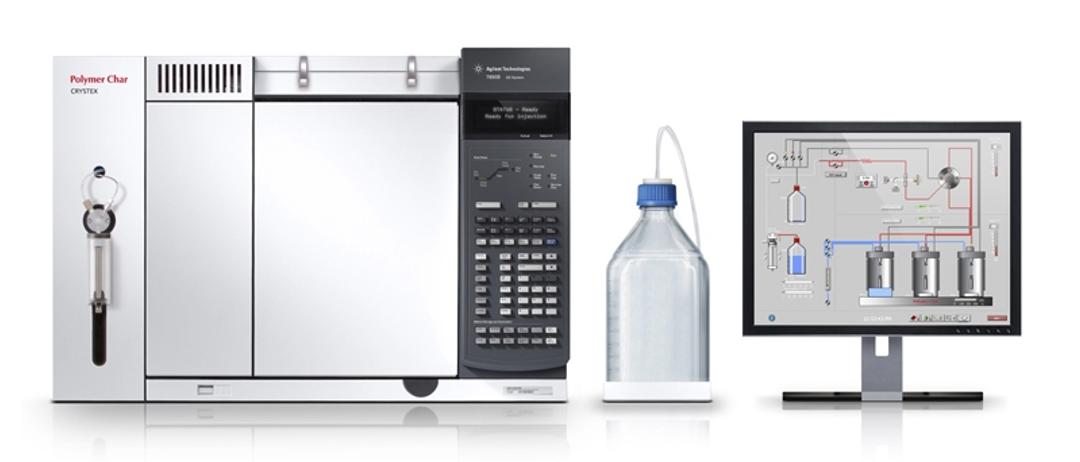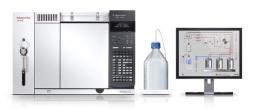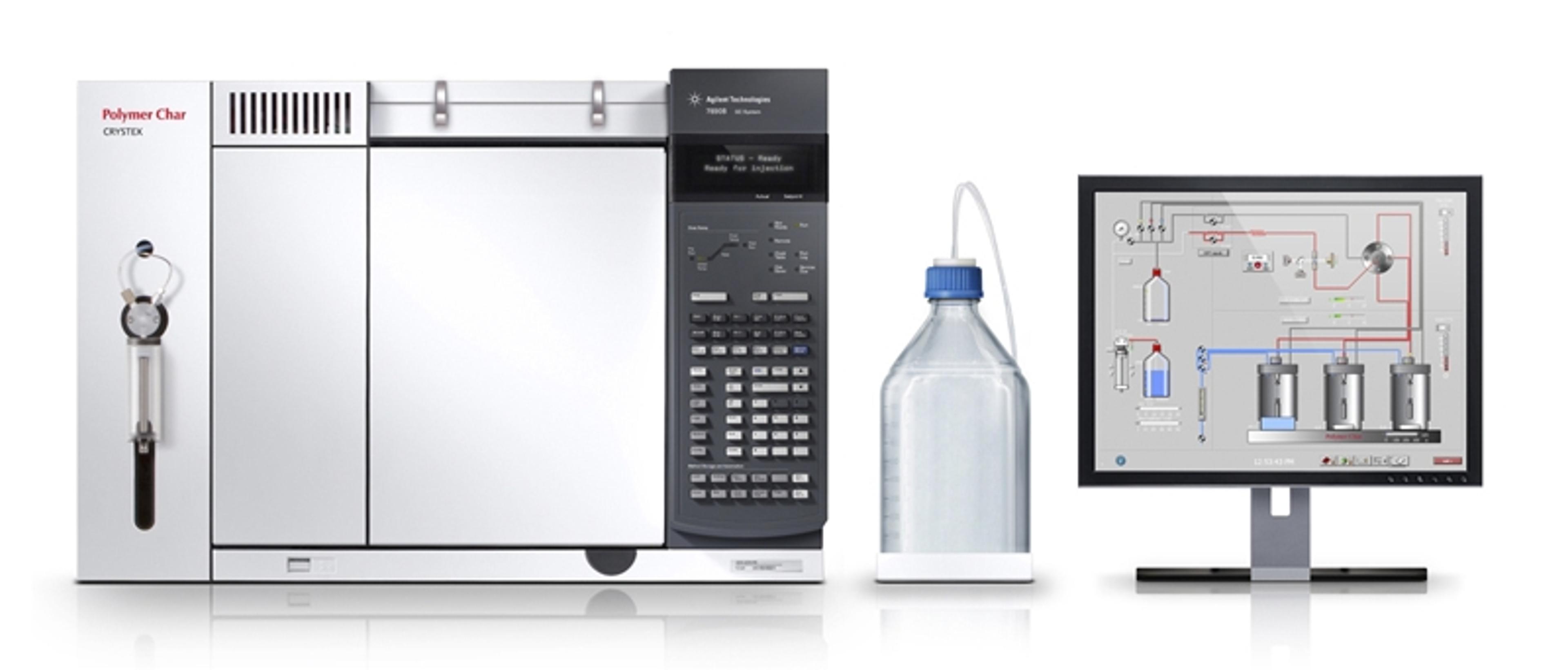CRYSTEX
Xylene Solubles determination in Polypropylene Copolymers.

The supplier does not provide quotations for this product through SelectScience. You can search for similar products in our Product Directory.
CRYSTEX instrument is considered a breakthrough technology in automation of the Xylene Solubles determination in polypropylene copolymers. The crystalline and amorphous fractions are separated through dissolution – crystallization temperature cycle within closed stainless steel vessels (up to three samples can be analyzed at a time). Accurate and precise quantification is achieved by means of an optimized infrared detector, with no need of manual volume measurements or even to use the balance at all.
Overview
CRYSTEX instrument is considered a breakthrough technology in automation of the Xylene Solubles determination in polypropylene copolymers. The crystalline and amorphous fractions are separated through dissolution – crystallization temperature cycle within closed stainless steel vessels (up to three samples can be analyzed at a time). Accurate and precise quantification is achieved by means of an optimized infrared detector, with no need of manual volume measurements or even to use the balance at all.
This method is being embraced by the industry as a robust and reliable alternative to traditional gravimetric methods (ISO 6427 part B, ASTM D-5492), due to the dramatic reduction of time spent by the analyst and laboratory supplies, the outstanding precision and the multi-detection capabilities.
Ethylene incorporated in the resin can be measured by the built-in infrared detector IR4 in the whole sample as well as in the amorphous fraction. A capillary viscometer can be installed to collect the intrinsic viscosity data in the same analysis, so that the most relevant parameters for a comprehensive characterization of the material are available in a short time using a single instrument.
Features
· Full automation of the Xylene Solubles method, no manual solvents handling.
· Results compatible with manual ISO 6427 method.
· Linear correlation with Heptane Solubles method.
· Simultaneous analysis of three samples (different or replicates) in less than 3 4 hours.
· No need for accurate weighing of sample or volume control.
· Low consumption of solvent.
· Process with no user supervision required and intrinsically safe operation.
· Precision obtained in the Xylene Solubles results better than 0.7% RSD.
· Ready for continuous operation 24 hours/7 days in manufacturing control laboratories.
· Incorporation of the IR4 detector for the measurement of the concentration.
· Possibility of obtaining additional information: ethylene content and intrinsic viscosity of the whole polymer, crystalline and non-crystalline fractions.
· Remote control possibility to easy diagnosis from Polymer Char Service Center.
Detectors
Infrared Detector IR4 OEM
IR4 is the standard detector incorporated by default in all the Polymer Char analytical instruments in its OEM version. IR4 is a dual wavelength stand-alone infrared detector, which uses the principle of infrared absorption spectroscopy to measure the concentration and composition in polyolefins.
IR4 is designed to measure on-line concentration and composition in HPLC, GPC or to couple it with other separation techniques like CRYSTAF, TREF, etc., and it has been proved as the most appropriate detector for polyolefins.
When adding a composition or a carbonyls sensor, other useful information can be obtained in addition to the concentration.
Viscometer
A high sensitivity capillary viscometer is an ideal complement to the Infrared detector in some polyolefin characterization instruments such as GPC-IR, TREF, CEF or CRYSTEX.
Viscometer configuration is optimized to achieve a better performance in each technique.
Software
The CRYSTEX Software has been specifically designed to control the instrument and to fully automate the Xylene Solubles analytical process so as to avoid manual handling solvents and perform the calculations directly integrating all the detectors signals.
The CRYSTEX Software is intended to be an automated alternative to the gravimetric method. It offers two modes: automated analysis and manual action; in the automated mode, an easy and complete interface defines all the conditions for the analysis, such as the temperature, crystallization ramps, time or volume. Therefore, starting a run with up to 3 samples at a time only involves putting the pellets or powder inside the crystallization vessels and starting the software. In about 4 hours, the whole analytical process will be completed, including the sample preparation and final cleaning.
Calculations can be accessed through the CRYSTEX database, which facilitates the storing and managing of all the previously analyzed samples. Results will directly provide the percentage of Xylene Solubles as well as the measured concentration by the infrared detector; hence there is no need of an accurate sample weighing before starting the process.
When additional detectors are incorporated to the CRYSTEX equipment, intrinsic viscosity results and ethylene (C2) content will be shown per sample as well, both from the parent sample and also from the amorphous phase.
The CRYSTEX Software incorporates a manual mode to be operated by advanced users or Polymer Char engineers. The manual mode becomes a powerful tool as it functions as a Virtual instrumentation interface to the instrument hardware to perform any action on any hardware element. Consequently, the user does not need to work manually at a high temperature and to handle solvents in maintenance or diagnosis tasks.



